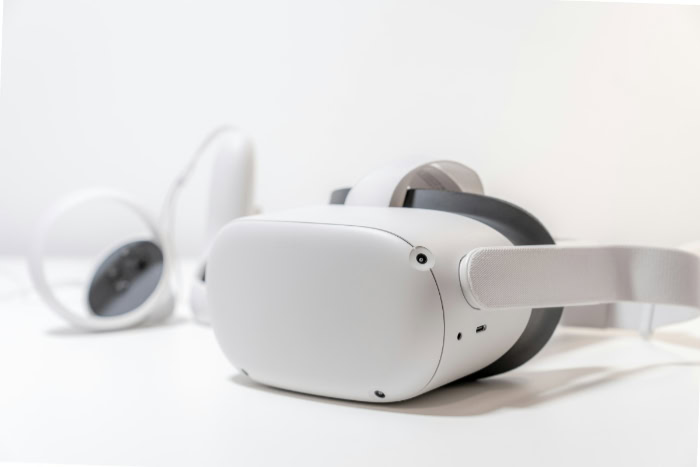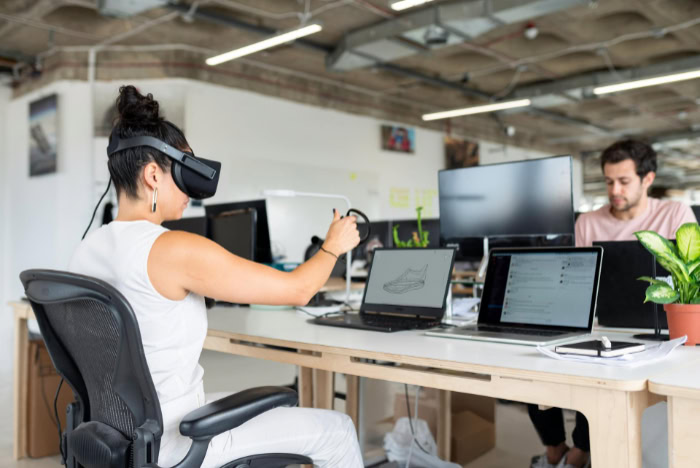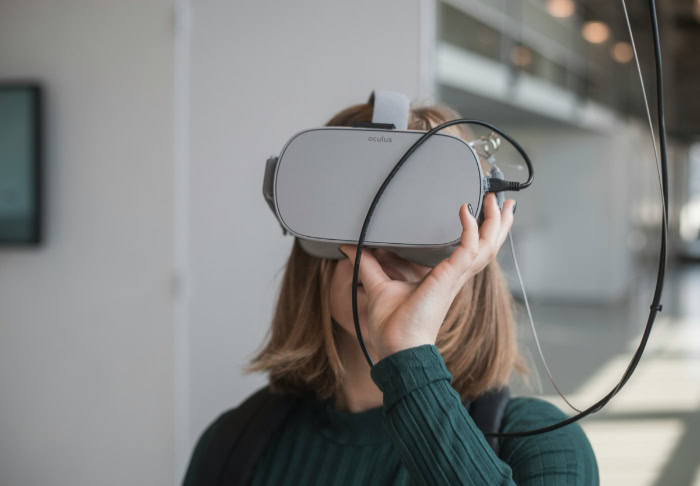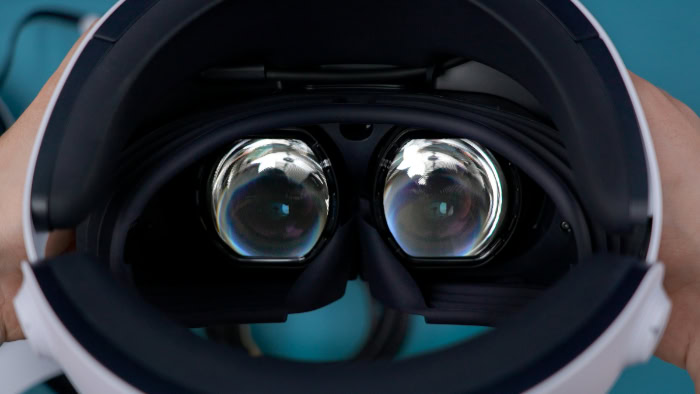What Is Virtual Reality? Innovations Behind the Headset

From lifelike video games to virtual field trips on the surface of Mars, virtual reality (VR) is capturing imaginations and changing the way people interact with the world. What once seemed like science fiction has rapidly become part of daily life, with immersive headsets popping up in classrooms, hospitals, and living rooms.
VR offers more than just jaw-dropping visuals; it creates experiences that feel real, enabling users to learn, create, and connect in ways never before possible. As this technology carves out its space in entertainment, education, medicine, and industry, its impact continues to grow.
Yet, beneath the excitement lie questions about practicality, cost, and ethics.
Core Concepts and Technology
Virtual reality is a captivating blend of computer graphics, sensory feedback, and user interaction that creates entirely new worlds to experience. It is not just about watching content on a screen but about stepping inside a simulated environment that feels immersive and authentic.
To truly appreciate what makes VR remarkable, it helps to look at the fundamental ideas behind it, how the technology actually works, and the sensory principles that make virtual experiences believable.
What Is VR?
Virtual reality refers to computer-generated environments designed to replace real-world sensory input with simulated sights, sounds, and sometimes tactile sensations. By wearing a VR headset, users enter a fully three-dimensional space where digital objects appear solid and scenes respond to head movements and gestures.
Three main qualities separate VR from traditional media: immersion, interactivity, and presence. Immersion creates the sensation of being inside the virtual world, completely surrounded by it.
Interactivity allows users to influence what happens around them, often through hand tracking or body movement. Presence describes the psychological effect of feeling genuinely “there,” even when fully aware of the technology involved.
How VR Works
Bringing VR to life involves a combination of specialized hardware and sophisticated software. The most noticeable piece of equipment is the headset, such as the Meta Quest 2, which covers a user's eyes with high-resolution displays.
Motion controllers act as hands or tools within the environment, letting users pick up objects, press buttons, or draw in mid-air. Haptic feedback devices, like gloves or vests, can simulate the sense of touch, adding realism to the experience.
On the software side, powerful rendering engines generate the 3D visuals in real time, matching what the user would expect to see with every head turn or movement. Spatial audio technology mimics how sounds originate and travel in the real world, creating a convincing audio environment.
Environment design tools help developers build the worlds, characters, and interactions that make each VR experience unique.
Immersive Principles
The success of a virtual reality experience depends largely on how convincingly it engages the user’s senses. Sight is addressed with detailed visuals and wide fields of view, creating the illusion of depth and distance.
Sound is crucial as well, with spatial audio making it possible to sense the direction and proximity of footsteps, voices, or ambient effects. Touch, though more technically challenging, adds another layer of believability through vibrations or pressure.
Subtle details, such as the lag between a movement and its visual response, can instantly break the illusion. The more accurately VR replicates the inputs our brains expect from the real world, the stronger the sense of “being there” becomes.
Thoughtful design around these sensory cues is what transforms a digital world into an experience people can truly believe and remember.
Applications of Virtual Reality Across Industries

Virtual reality no longer belongs solely to the world of entertainment. As the technology has matured, it has proven useful in a wide variety of professional, creative, and practical settings.
VR now plays a significant role in fields ranging from education to medicine and from industrial design to the arts. Its ability to create realistic, interactive simulations opens up possibilities that simply are not achievable with traditional methods.
Education and Training
In education, VR brings learning to life, transforming abstract concepts into firsthand experiences. Students can enter virtual labs to conduct chemistry experiments, participate in historical reenactments that place them in the midst of important events, or practice complex skills such as machinery operation without the risks of real-world errors.
For teachers and trainers, VR is a powerful tool to illustrate difficult topics and adapt lessons to different learning styles. By stepping inside a subject rather than merely reading about it, students engage more deeply and retain information more effectively.
Healthcare
Healthcare professionals are turning to VR as a safe and flexible training environment. Surgeons can rehearse complicated procedures on lifelike virtual patients before stepping into the operating room.
Therapists use VR to help patients confront phobias in a secure, controlled manner, gradually exposing them to fears like heights or flying. For pain management, VR offers distraction techniques that transport patients to calming places, which can reduce stress and discomfort during medical treatments.
The level of control and realism provided by VR creates opportunities for safer practice and more effective patient care.
Entertainment
Entertainment remains one of the most visible areas for VR innovation. Gaming in virtual reality allows players to move, interact, and explore worlds as if they were actually inside them, creating new forms of excitement and engagement.
But VR’s reach extends beyond traditional games. Virtual concerts let fans attend live performances from anywhere in the world, while immersive storytelling gives viewers the ability to influence how stories unfold.
These creative experiences often blur the line between viewer and participant, delivering sensations and emotions that standard media cannot match.
Industry and Architecture
Industrial sectors and architects use VR to visualize and test designs before a single physical component is built. Engineers can prototype machines, vehicles, or products and evaluate how they work in simulated environments.
Construction teams and safety officers rehearse emergency drills or workflow processes, identifying potential issues before they arise on the jobsite. Architects take clients on virtual walkthroughs of buildings still in the planning stage, letting them make changes and understand the finished result with clarity.
The ability to see and interact with designs in three dimensions saves time, cuts costs, and improves accuracy during critical stages of development.
VR’s broad range of applications is a testament to its flexibility and power. As new uses continue to emerge, this technology is connecting creativity, science, and industry in ways that produce real benefits for professionals and the public alike.
Benefits of VR Technology

Virtual reality does more than create entertaining experiences. Its unique features bring practical value to many fields, transforming the way people learn, train, connect, and create.
As VR becomes more widely available, businesses, educators, and individuals are finding new ways to use its immersive environments to solve real-world challenges and open new doors. The benefits reach beyond novelty, shaping how information is delivered, how skills are practiced, and how people explore places and ideas.
Enhanced Learning and Retention
Learning with VR is not a passive experience. Interactive environments encourage users to participate directly, whether they are dissecting virtual frogs, exploring ancient cities, or experimenting with physics concepts.
This level of engagement leads to improved concentration and a deeper connection to the material. Instead of just hearing or reading facts, learners become active participants. As a result, information tends to be remembered longer and applied with greater confidence in real-life scenarios.
Risk-Free Simulations
High-risk fields such as aviation, emergency response, and surgery require precision and calm under pressure. VR provides a safe platform to practice skills that could be costly, dangerous, or impossible to rehearse otherwise.
Trainees can experience challenging situations, make decisions, and learn from mistakes without fear of real-world consequences. This approach helps develop confidence and competence, making real-life performance more efficient and reliable.
Accessibility
Reaching distant destinations or experiencing rare events is not always possible in real life. VR removes many physical and logistical barriers, allowing people to visit remote locations, see famous landmarks, or explore planetary surfaces from the comfort of their homes or schools.
This expanded access opens opportunities for education, cultural immersion, and personal enjoyment regardless of mobility or travel restrictions. Experiences that might once have been unattainable are now within easy reach.
Cost Efficiency
Traditional training, prototyping, and travel often come with significant expenses, from building models to organizing trips. VR can dramatically reduce these costs.
Engineers can evaluate new designs in a virtual space before creating physical prototypes. Students and professionals can attend virtual conferences or workshops without leaving their homes.
Companies can train employees using simulations instead of real equipment, reducing wear and tear and saving money. These efficiencies not only save resources but also speed up innovation and collaboration.
The benefits of VR are far-reaching, touching education, industry, entertainment, and personal growth. Its ability to make learning interactive, provide safe simulation environments, broaden access, and save costs highlights its expanding influence in everyday life.
Challenges and Limitations of VR Adoption

While virtual reality introduces powerful new opportunities, the transition into wide everyday use is not without obstacles. Many users and industries still face practical, technical, and ethical concerns that shape how and where VR can be effectively applied.
These hurdles can slow progress and limit who gets to benefit from this technology. Examining the main challenges helps explain why, despite its promise, VR has not yet reached its full potential everywhere.
Technical Barriers
One of the first things new users notice about VR is the investment required. High-quality hardware, such as advanced headsets and haptic devices, often comes with significant price tags.
Less expensive options may fall short in providing the immersive experiences that make VR special, leading to limited adoption. Physical comfort also plays a role.
Some people experience motion sickness or discomfort due to the disconnect between what they see in VR and what their body feels. Early generations of equipment can be heavy and unwieldy, making extended use tiring or impractical for many.
These technical hurdles affect not only individuals but also organizations considering VR for widespread training or entertainment.
Content Development
Creating compelling VR experiences demands a high level of expertise and resources. Designing three-dimensional environments that feel authentic involves substantial work in animation, sound engineering, and interactive programming.
The challenge grows when developers want their content to work seamlessly across different devices and platforms, each with its own unique requirements and limitations. This can lead to longer development times and higher costs, making it difficult for smaller companies and independent creators to compete.
As a result, the variety and quality of VR content may lag behind what users expect from more established media.
Ethical Considerations
Bringing users into virtual spaces also introduces new ethical questions. Privacy emerges as a major concern, as VR systems often collect detailed data about movements, behaviors, and even biometric responses.
Protecting this sensitive information from misuse or unauthorized access becomes critical. Additionally, the highly engaging nature of VR can raise concerns about overuse or addiction, particularly in entertainment and social applications.
As more people spend time in virtual environments, questions about the impact on mental health and real-world relationships become more important. Addressing these ethical and security issues is essential to ensuring VR remains a positive force for users and society.
Conclusion
Virtual reality stands out as one of the most imaginative technologies of our time, reshaping fields like education, healthcare, entertainment, and industry. Its ability to make learning more interactive, offer risk-free practice, and connect people with distant worlds highlights a future where digital experiences enrich daily life.
However, the journey toward widespread adoption is not without obstacles. Technical and financial barriers, content creation challenges, and important ethical concerns all play a part in shaping VR’s future.
Advancing this technology responsibly means harnessing its potential for creativity and connection while safeguarding privacy, safety, and well-being. As new breakthroughs arrive, a thoughtful balance between innovation and caution will ensure that VR continues to benefit individuals and communities around the globe.


